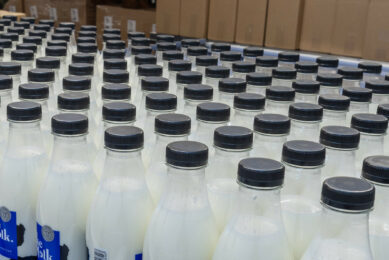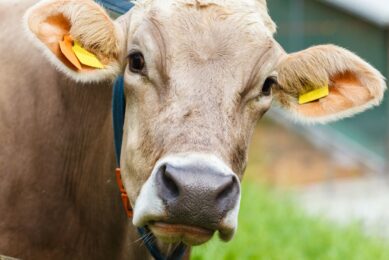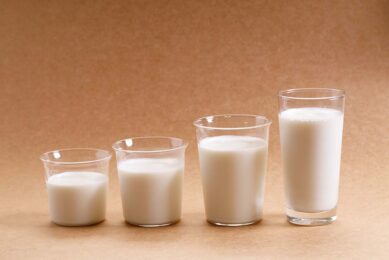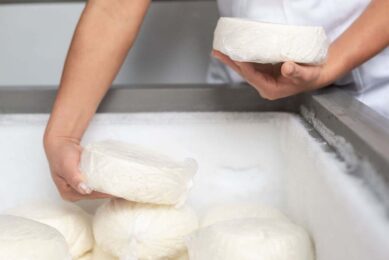Lower profit for Brazilian dairy farmers
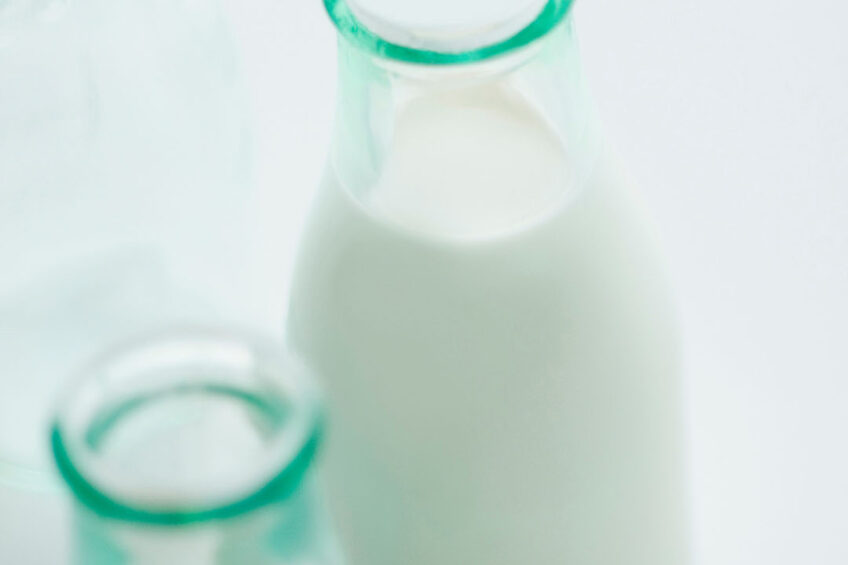
The prices paid to Brazilian milk producers increased but were less than the costs of production between January and October 2021.
Input costs increased 14% while farmers received 4.8% more for their milk during that period, according to the Center for Advanced Studies on Applied Economy (Cepea) at the University of São Paulo (USP). In other words, the increase of milk prices cannot be seen as leading to profitability for producers, since the gain is eroded by the high increases in production costs.
Droughts have affected feed for herds, particularly grains, but also inputs related to nutritional management, such as concentrate and mineral supplementation.
In 2021, the cost of grain increased 23.7% in Brazil, mainly due to the fall of the real against the dollar. In addition, the exchange rate has also boosted fertiliser and freight (through fuel) costs, influencing the overall cost increase. Due to this, producers were discouraged from investing in their activities and, consequently, a rapid adjustment between supply and demand started to impact milk prices.
Industry competition for purchases of raw materials remained fierce during August and at the beginning September. Within this context, milk prices increased, reaching a historical record in September (US$ 0.4521 per litre).
Turning point
This scenario had a turning point in October. With expensive raw materials, industries had difficulty passing the high prices on to consumers. Income has fallen 10.2% for Brazilian people since 2020 due to the pandemic, and the unemployment rate has reached 13.2%. As a consequence, according to Cepea, demand for dairy products has not recovered as expected in the Brazilian market.
To make things worse for producers, industries have increased their levels of imports from Argentina and Uruguay. Cepea’s index ‘Brazil average’ shows the price paid to producers was US$ 0.4221 per litre in October. This value is already 1.2% lower than that observed in the same period last year, disregarding inflation.
This is the first devaluation of milk at farms for 6 months, and it highlights the beginning of production harvest. It is worth noting that it is typical for prices to fall from September onwards. This occurs because production increases with the return of spring rains and the consequent improvement in the quality of pastures. It is also important to highlight that the reduction in demand also played a role in the price drop in October.
The sector’s expectation is that the price of milk collected in October and paid to the producer in November will drop again, thanks to growth in supply and the devaluation movement of dairy and milk products.
Dairy products
A survey carried out by Cepea with the support of the Organization of Brazilian Cooperatives shows that the prices of dairy products fluctuated a lot in September’s first half to retailers, reflecting low consumption.
In the partial average of the period (1–15 September), mozzarella cheese was devalued 0.8% compared to August, closing at R$ 27.56/kg (~US$ 5.27). For UHT milk, the average closed at R$ 3.61/litre (~US$ 0.69), 0.5% lower than that registered in August.
In the case of powdered milk (400 g), prices continued to fall until 11 September and only recovered in the third week of the month. With this, on the partial average, the product reached R$ 24.02/kg (~US$ 4.58), a slight increase of 0.3% compared to August.
Agents consulted by Cepea demonstrate concern with the current situation, since demand is not as strong as they expected.
Grains
According to Cepea, in September, 38.8 litres of milk (Brazil average) was needed to acquire a 60 kg sack of corn, in terms of price ratio (Indicator ESALQ/BM&FBovespa Campinas-SP). In September 2020, it had been 28.2 litres per sack of corn.
International soybean and corn prices directly influence milk production costs. In the current scenario, the high feed costs have been the main factor placing pressure on producer margins, since these expenses can represent up to 45% of total costs.
In Brazil’s case, using updated data from the Agricultural Economics Institute, the price of corn in the first 9 months of 2021 closed at R$ 1.52/kg (~US$ 0.28), on average.
This is double the 2018–2020 historical average. Soybean had a small increase even though it is 50% more than the historical average, at R$ 3.00/kg (~US$ 0.55).
“Maritime freight transport costs are also high due to the increase in world demand. In addition, we need to consider the price of oil, causing an increase in fuel throughout the world,” says Glauco Carvalho, researcher at Embrapa Dairy Cattle.
Despite that, corn prices also started to drop in October in most Brazilian regions surveyed by Cepea. However, at ports, values increased slightly.
Buyers decided to wait for the best prices, due to both low exports and better weather conditions for the summer crop. Taking note of the harvest season, they are aware of the possibility of higher inventories in the US this season. Some Brazilian sellers needed to make room in warehouses.
Thus, between 30 September and 15 October, the ESALQ/BM&FBovespa Index for corn fell by 1.8%, closing at R$ 90.18/kg (US$ 16.52) on 15 October.
Regarding soybeans, climate-favoured soybean sowing occurs in most Brazilian regions at the start of October. This scenario generates optimism about supply, and pessimism about demand pressed down the Futures at CME Group in the second week of the month.
Thus, Brazilian purchasers were not interested in closing deals, expecting prices to drop in the coming weeks. On the other hand, soy producers were not interested in selling their crop that remains from the last season either, since they were focused on the activities related to the 2021–22 season and are also concerned about the effects of La Niña on crops.
As a consequence, between 30 September and 15 October the ESALQ/BM&FBovespa Index for soybean dropped by 4%, closing at R$ 168.55 (US$ 30.8) per 60 kg sack.
Join 13,000+ subscribers
Subscribe to our newsletter to stay updated about all the need-to-know content in the dairy sector, two times a week.



